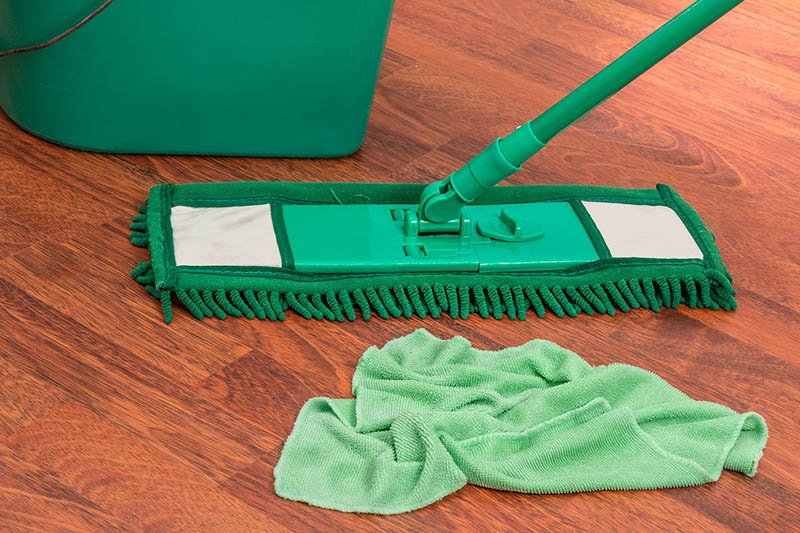Have you ever tried to soak up some water or wipe up a mess and found that your run-of-the-mill towel can’t soak up the liquid? Maybe it leaves residue after you wipe it up?
While it’s been a staple in other industries, like healthcare, construction, or automotive detailing, microfiber has seen a huge rise in popularity for homeowners and cleaning industry experts. Now, you can find a microfiber towel at any local grocer.

For those who aren’t in the know, here’s a quick guide to microfiber.
What is “Microfiber?”
Microfiber towels are made of polyester and nylon. They’re called “microfiber” because it’s microscopic in diameter, no bigger than a silk strand.
As a result, it is much better at cleaning surfaces. The smaller diameter threads are able to get into corners, cracks, and crevices—much better than traditional towels. Additionally, it’s better at soaking up liquids and picking up dust and debris due to the increased surface area of the fabric. Because of their micro threads, they’re also much better at controlling germs and reducing microbes.
The University of California, Davis Medical Center compared traditional cotton cleaning fabrics with microfiber products. It turns out a cotton mop only reduced dangerous microbes by 30% whereas the microfiber alternative reduced microbes by 99%.
What Are the Best Uses for Microfiber Fabrics?
Microfiber cleaning products are ideal for regular cleaning uses. Because of the way the tiny fibers are designed, they create a static electric charge which attracts dust and debris.
Microfiber is also good for liquid cleaning and spills. According to the University of Washington, “the increased surface area of the fibers and their star shape also allow them to absorb up to 7 to 8 times their weight in liquid.” Here are some great uses for microfiber towels:
- Cleaning up dust in hard-to-reach places
- Drying surfaces and dishes
- Soaking up liquid-based messes
- Removing grime and grease build up from kitchen or bathroom surfaces
- Drying off hands
- Cleaning muddy paws
- Removing soap scum
- Wiping down windows and cleaning mirrors
- Polishing precious metal items and utensils
Microfiber works well on surfaces, such as stovetops and counters as they’re extremely effective in picking up food particles. When you use them with a regular green cleaning agent, you’ll be cleaning up debris and disinfecting. The same goes for floors, whether dry or wet. As mentioned, they soak up a lot more liquid than regular cleaning fabrics, so utilizing a microfiber mop head will really help with maintaining your floors.
Small – yet important – details like the type and quality of products used can make a difference in how well your microfiber towel can do its job, so be sure to choose the right type for the job.
If you have other questions about microfiber, let us know in the comments!




Great writing style in this. Easy to understand.